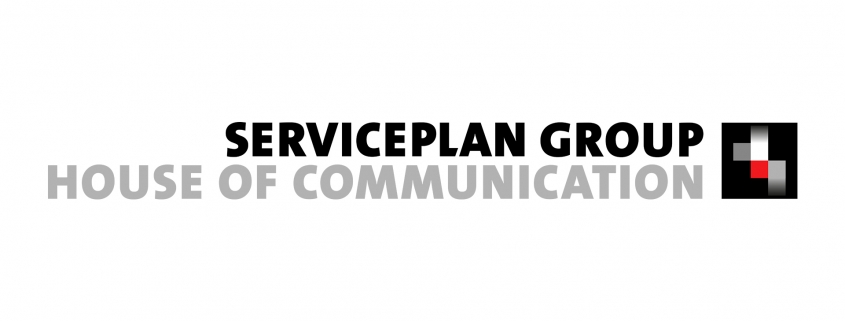In recent years, offering very different product categories under one brand umbrella has become increasingly popular. Xerox expanded its core brand from copiers to computers. General Electric also sells financial services. We can book rooms in luxury Versace hotels, or surf the Internet with Ferrari notebooks. We can even wear shoes or watches from Caterpillar, Porsche or Jeep.
This horizontal brand expansion, i.e. the expansion of a brand into what at first glance appear to be untypical product fields, is also a popular strategy in emerging countries. The reason is simple: it not only helps to accelerate market access and reduce costs, it also uses the leverage of well-known brands in rapidly growing new product categories. One of the most important drivers for the expansion of a single brand into other categories or even industries is the fact that building brands and their distribution channels in large countries such as China or India is very costly. Companies often shy away from making additional investments in a second brand if this is not supported by strong strategic considerations.
Dr. Niklas Schaffmeister (Managing Partner Globeone) and Florian Haller (CEO Serviceplan Group) explain in our new Springer publication “Successful brand development in the major emerging markets” (written in German) what is important for horizontal brand expansion.
More confidence in manufacturers with several brands
There is also scientific evidence for this behavior. Research shows that Chinese consumers generally trust better-known brands more than others. First and foremost, because the brand helps to convey greater confidence in product quality and product safety. More than one in three consumers in China believe that companies active in many product categories are more trustworthy than those that are limited to only one or two product segments. This confidence is twice as high as in the US (18%).
This attitude on the part of many consumers in major growth markets gives companies the opportunity to expand their brands in these markets to a very large extent. Perhaps that’s why Coca-Cola presented a casual clothing collection for young and fashionable consumers during Fashion Week in Rio de Janeiro. The beverage company wanted to strengthen its position as the world’s most valuable brand and called on Brazilian designer Thais Rossiter to create a mix of retro, sporty and urban design full of pictorial and floral prints from various sources. The collection ranged from glamorous evening gowns to nylon shorts – all bearing the Coca-Cola trademark.
Haier: First refrigerators, then also electric kettles and computers
China’s largest household appliance manufacturer Haier also extended its core brand, refrigerators, to televisions, kettles, mobile phones and even computers. However, this horizontal brand stretching was also used as an example of overstretching. But this does not seem to have had too negative an effect on Haier, as the company is still the world’s number 1 manufacturer of white goods.
Horizontal brand expansion has particularly good prerequisites in the major growth markets, because consumers here are not yet so strongly committed to certain brands and as they are keen to experiment. In addition, companies active in several product categories between Rio, Shanghai, Mexico City and Mumbai usually become more trusted.

